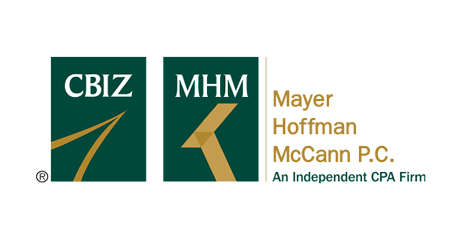By Clair A. Rood Jr.
Private equity groups around the country have lots of money but limited opportunities to spend it. This may not garner sympathy from the average American citizen; however, the record high estimate of $500 billion to $1.5 trillion in uncalled capital—better known as “dry powder”—that buyout funds currently have in their coffers as of the end of 2018 is an issue.
A burgeoning global economy has fueled a highly competitive environment for deals, which has resulted in a significant increase in valuation multiples. As multiples soar, reaching over 11 times earnings before interest, taxes, depreciation and amortization (EBITDA), private equity groups find themselves in increasing competition with strategic buyers and family office funds.
On one hand, strategic buyers can better afford the ballooning multiples due to recognized synergies and a long-term investment strategy. Meanwhile, family office funds typically utilize a longer time horizon with their investments, which makes swelling multiples more palatable. Moreover, the passage of the 2017 tax law commonly known as the Tax Cuts and Jobs Act (TCJA) has introduced new challenges to this dynamic. Changes to bonus depreciation afford strategic buyers even more capital to dedicate to inorganic growth while the implementation of a business interest expense limitation has the effect of drastically increasing the cost of debt.
Traditional private equity groups are increasingly finding that their five-to-seven year investment window is unworkable. As multiples stretch, private equity groups will be challenged to innovate the structure of their funds to seek the lowest possible cost of capital. While a shift toward the family office time horizon can help mitigate steep valuation multiples, there is one significant opportunity available through the TCJA for private equity groups to access tax-advantaged capital in a bid to stay more competitive in this dynamic and evolving marketplace.
SEIZING THE OPPORTUNITY
The TCJA, created a new program aimed at incentivizing investors with realized capital gains to reinvest those dollars in underserved communities across the country. The qualified opportunity zone (QOZ) program was generally overlooked by the media and investors alike.
Generally, the QOZ program allows for any taxpayer with a recognized capital gain to elect—within 180 days or potentially 360 days if the gain was within a partnership—to reinvest those gains into a qualified opportunity fund (QOF). If the fund is maintained for at least 5 years, the basis in the reinvested gains is increased by 10%. If the investment is held more than 7 years, the basis in the reinvested gains is increased by another 5%—resulting in a 15% permanent exclusion of the originally deferred gain. Finally, if the QOF investment is held at least 10 years, the taxpayer can elect to step up the basis on the QOF investment to its fair market value on the date the investment is sold, thereby permanently avoiding any post-acquisition gain.
Accordingly, due to the close proximity to the exact type of limited partner investors with significant amounts of capital gains seeking deferral, private equity groups appear to be best positioned to capitalize on organizing and executing a QOF. In terms of eligible investments, a QOF must invest in a qualified opportunity zone business (QOZB) where:
1. Substantially all QOZB property is located in the QOZ (from 70% indirect to 90% direct ownership)
2. At least 50% of the gross receipts are from the active conduct of the QOZB
3. A substantial portion of the intangible property is used in the active conduct of the QOZB
4. Less than 5% of the average unadjusted bases of property is attributable to nonqualified financial property
5. The business does not include certain enterprises such as golf courses, country clubs & liquor stores
There is one challenge presented by the 50% gross receipts requirement. Uncertainty exists about how those gross receipts will be measured and whether those sales must occur within the QOZ; however, reports from the most recent public hearing indicate that forthcoming final regulations may lessen or altogether eliminate such a requirement. If that does become the case, the requirements outlined above would not significantly affect the nature of how a private equity group evaluates and operates a portfolio company.
While many have been hesitant to finalize QOFs in the absence of Treasury regulation, once those final regulations are issued, the proverbial clock will start ticking due to the timeline of the incentives described above. In order to receive the full benefit of basis step-ups, investments in eligible QOFs will need to be finalized by 12/31/19, due to the requirement that taxes on deferred capital gains must be recognized on Dec. 31, 2026. That being said, if investors are merely interested in the 10-year basis step-up election, a QOF investment could be made as late as 6/28/27.
Ultimately, while access to more capital does not directly resolve the swelling multiple problem for private equity, access to cheaper capital might. With over 8,700 different QOZs designated across the country, it might take a bit of time to pare down that amount of data.
SEEK HELP WHEN NEEDED
As can be seen, these new and changed provisions are highly nuanced and require careful analysis. A professional tax provider may be able to help analyze how your fund can best take advantage of the changes within the TCJA.
ABOUT CLAIR A. ROOD JR., CPA
Clair Rood is Senior Managing Director of the Salt Lake City office of CBIZ MHM, LLC. His experience includes working with family-owned businesses to establish efficient business structures and purposeful succession plans while minimizing their tax burden and maximizing their profitability.
